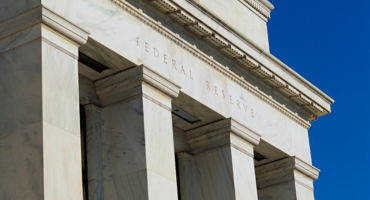Putting it all together: My takeaway
My high-level conclusion from this analysis? In my view, it’s probably too early for investors to start positioning their portfolios defensively in preparation for a potential Fed-induced economic correction. As Alan Greenspan once famously said, “Monetary policy works with long and variable lags.” It typically takes a year or more after the Fed has raised short-term rates significantly for an economic contraction to set in and for risk assets (including both credit and equities) to respond in kind, sometimes by crashing. That’s precisely why the US yield curve has historically been such a great predictor of economic recessions and market returns.
Thus, I’d suggest waiting until short rates are at or above the level of the 10-year US Treasury yield rate before betting on a recession and positioning one’s portfolio to align with that view.
What could be different this time?
In a word, inflation. The above analysis covers a lengthy (roughly 30-year!) period of secularly declining inflation. By contrast, some of my colleagues currently expect global inflation to stay stubbornly above central bank targets over the medium term (with perhaps some moderation in the next few months). Might persistently high inflation cause central banks to behave differently this time around than they have in the past? Maybe.
To be clear, I don’t think most central banks will tighten monetary policy so aggressively as to risk pushing their economies into deep recession — like former Fed Chair Paul Volker did in 1981 to break the back of double digit inflation — but they may be inclined to accelerate the pace of tightening relative to previous rate-hiking cycles. This is something investors should keep a watchful eye on going forward. I know I will.





















